4 tips for better ice from an ice maker


If your ice maker's performance is aggravatingly below par, these tips can restore its cool.
If you use a water softener, check that it's working properly. Chemicals from a malfunctioning water softener can damage your ice maker.
If your ice tastes odd, it might be old. To refresh your ice, dump the old ice in the sink, wipe the bin with warm water and dry it completely before putting it back in the freezer. Sometimes ice cubes stick together. Use a metal ice scoop or a large wooden spoon to separate clumps of ice.
If your ice has a plastic smell, plastic from bread sacks and plastic containers not designed to use for storage can release a plastic odor that will be absorbed by the ice.
Unwrapped food or improperly sealed food containers will cause the ice to absorb odor from the food. Make sure you store food in containers or wrap designed for freezer use.
Most common symptoms to help you fix your freestanding ice makers
Choose a symptom to see related ice maker repairs.
Main causes: failing compressor, bad condenser fan motor, faulty drain pump, bad recirculation pump, water supply proble…
Main causes: dirty evaporator plate, untreated water supply, food items being stored in ice storage bin…
Main causes: cracked water supply line, leaky drain line, broken drain pump, cracked water reservoir, leaky ice bin…
Main causes: wiring failure, broken cutting grid, faulty electronic control board…
Main causes: bad electronic control board, water supply problems, faulty recirculation pump, sealed system failure, brok…
Main causes: water supply problems, control board failure, weak recirculation pump, clogged water distributer, faulty cu…
Main causes: bad bin thermistor, condenser fan failure, faulty control board…
Main causes: lack of electrical power, bad power cord, wiring failure, bad control board, faulty bin thermistor, bad eva…
Most common repair guides to help fix your freestanding ice makers
These step-by-step repair guides will help you safely fix what’s broken on your ice maker.
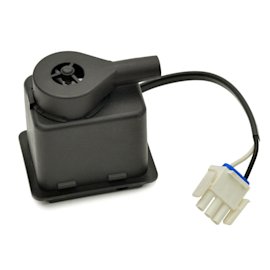
How to replace a freestanding ice maker recirculation pump
If your ice maker isn’t making ice, the pump could be the problem. Here’s how to replace it. …
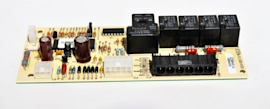
How to replace a freestanding ice maker electronic control board
When the electronic control board won’t activate the ice maker components, follow these steps to install a new one.…
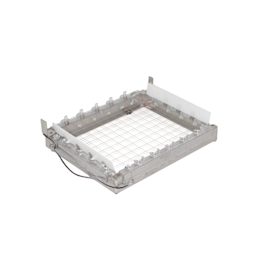
How to replace a freestanding ice maker cutter grid
When the cutting grid is broken, ice cubes don’t drop into the ice bin. Use the steps in this repair guide to replace a…
Effective articles & videos to help repair your freestanding ice makers
Use the advice and tips in these articles and videos to get the most out of your ice maker.

Learn about all the convenient features on our Sears PartsDirect website that make your parts purchases easier.…
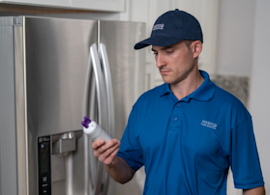
Get answers to frequently asked questions about Sears and Sears PartsDirect.…
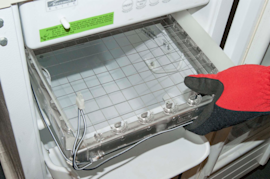
See what troubleshooting steps to take with your freestanding ice maker before calling for repair.…